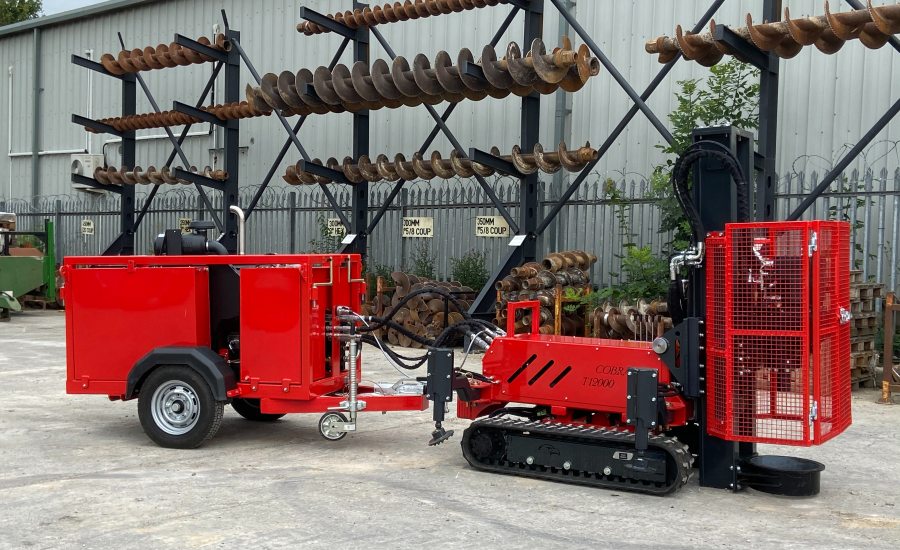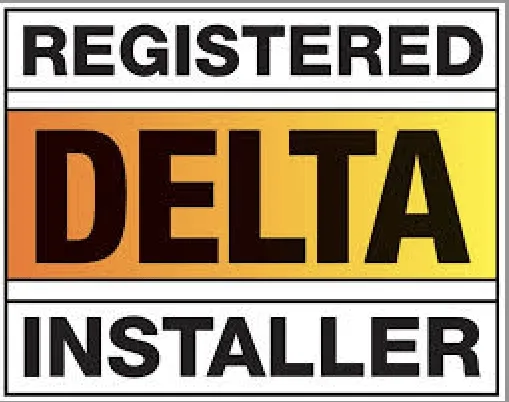When it comes to constructing a solid and stable foundation, one of the most important steps is selecting the right piling method for your project. Piling serves as the structural support beneath a building, transferring the weight of the structure to deeper, more stable layers of soil. Choosing the wrong piling method can lead to costly delays, structural instability, and even project failure. In this post, we’ll explore the various types of piling methods and provide insights into how to choose the right one for your specific construction needs.
Contact Arma Piling today to receive expert advice on the best piling method for your project in London. Our team of professionals will guide you in choosing the most suitable solution to ensure stability, efficiency, and cost-effectiveness.

1. Understanding Piling: The Basics
Piling is a technique used to reinforce the foundation of a building. It involves driving or drilling piles (long, strong columns) into the ground to support the weight of the structure above. The goal is to anchor the building into a stable layer of soil or rock, especially when the surface soil is too weak or unstable to bear the load of the building.
2. Different Types of Piling Methods
There are several piling methods available, each suitable for different soil conditions, project types, and budgets. Here’s a quick overview of the most common types:
a) Driven Piles
Driven piles are pre-fabricated piles made from materials such as steel, concrete, or timber, which are driven into the ground using a pile driver. This method is typically used when the soil near the surface is soft but there are stronger layers of soil or rock at greater depths. Driven piles are fast to install and highly durable, making them a popular choice for large-scale construction projects.
Ideal For: Large buildings, bridges, and projects with deep soil layers.
b) Bored Piles (Drilled Shafts)
Bored piles are created by drilling a hole into the ground and filling it with concrete. This method is ideal when the soil is too hard or too contaminated for driven piles. Bored piles are particularly useful for urban areas with limited space for equipment and where vibration from pile driving needs to be minimized.
Ideal For: High-rise buildings, projects in populated areas, or locations with limited space for large machinery.
c) Screw Piles
Screw piles are twisted into the ground, similar to how a screw is driven into wood. They are typically made of steel and are ideal for situations where minimal vibration and disruption are desired. Screw piles are easily adjustable, making them suitable for projects that may need to be relocated or expanded in the future.
Ideal For: Smaller buildings, temporary structures, and areas requiring minimal site disturbance.
d) Friction Piles
Friction piles rely on the friction between the pile and the surrounding soil to support the structure. These piles are typically long and slender, and they work well in soft or loose soil conditions, where the frictional resistance along the length of the pile is sufficient to bear the load.
Ideal For: Areas with deep, soft soil and projects requiring a flexible solution for settlement control.
e) Concrete Piles
Concrete piles are often used for heavy-duty projects, particularly those requiring significant strength and stability. These piles can either be precast or cast-in-place, and they are suitable for high-capacity foundations.
Ideal For: Large-scale commercial or industrial buildings, infrastructure projects.
f) Vibro Piles
Vibro piling uses a vibratory hammer to drive piles into the ground. This technique is most effective in sandy or silty soils and can be used to compact loose layers of soil while installing the piles. It’s a fast and efficient method, but it can be less suitable in rocky or hard soil conditions.
Ideal For: Coastal areas, soft soils, and areas with loose fill or sandy conditions.
3. How to Choose the Right Piling Method
Choosing the best piling method depends on several factors:
a) Soil Conditions
The type and quality of the soil on your site are critical in determining the best piling method. Soil testing is essential to identify soil strength, composition, and behavior under load. If the soil near the surface is soft, deep piling solutions like bored piles or driven piles may be necessary. For rocky or dense soil conditions, friction or screw piles might be more appropriate.
b) Load Capacity
The weight of the structure you’re building will dictate the required pile strength and load-bearing capacity. Heavier buildings like commercial complexes or multi-story structures may need deeper and more robust piles (e.g., bored or driven piles), while smaller residential projects may only require lighter solutions.
c) Environmental and Site Constraints
In urban or residential areas with limited access, the use of less intrusive methods, such as screw piles or bored piles, may be more suitable. Vibro piles and driven piles, while effective, can cause vibrations that might affect nearby structures or cause noise pollution. Understanding the local environment and site restrictions is crucial for minimizing disruption.
d) Budget and Time Constraints
Some piling methods are more cost-effective and faster to install than others. Driven piles, for instance, are typically more affordable and quicker to install, while bored piles may require more time and resources. However, choosing the right piling method should prioritize long-term stability and cost-effectiveness, not just the initial price.
e) Project Type
The type of project you’re undertaking also plays a role in your choice of piling. Large infrastructure projects like bridges or power plants may require specialized piling techniques for extra strength. Smaller residential or commercial projects might benefit from simpler, less invasive methods like screw or friction piles.
4. Why Choose Arma Piling for Your Project?
At Arma Piling, we offer tailored piling solutions based on your unique project needs. Whether you’re building a small residential home or a large commercial development, our team has the expertise and experience to guide you through the entire process—from soil analysis to pile installation. We pride ourselves on using the latest technology and techniques to ensure that your foundation is secure, long-lasting, and cost-effective.
Key Benefits of Choosing Arma Piling:
- Extensive experience with all piling methods
- Custom solutions for your specific soil and load conditions
- Fast, efficient, and environmentally friendly techniques
- High-quality materials and certified products
- Reliable, professional service tailored to your project timeline
Choosing the right piling method is crucial to the success of your construction project. With the right guidance, you can ensure your building has a stable, durable foundation that can withstand the test of time. At Arma Piling, we are dedicated to providing you with the best piling solutions for your specific needs, backed by years of expertise and top-notch service.


